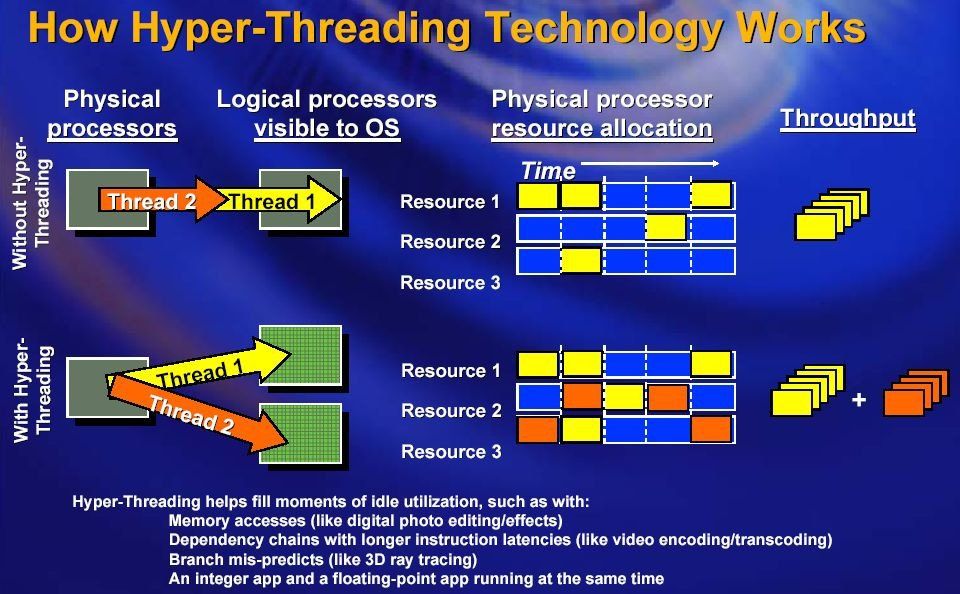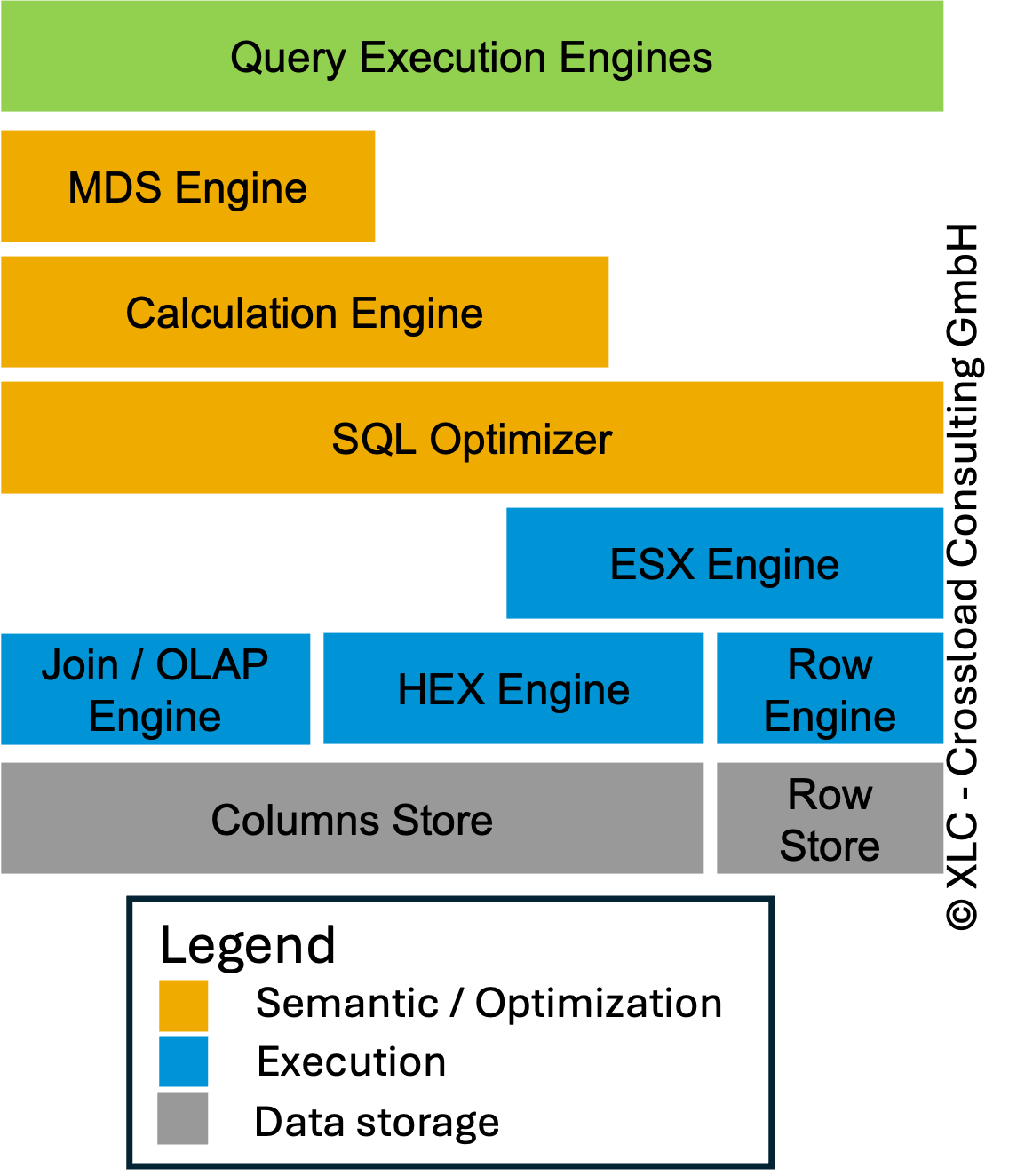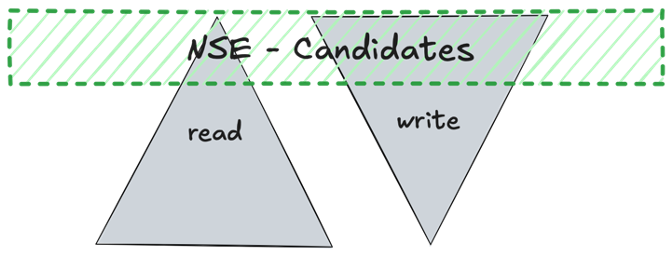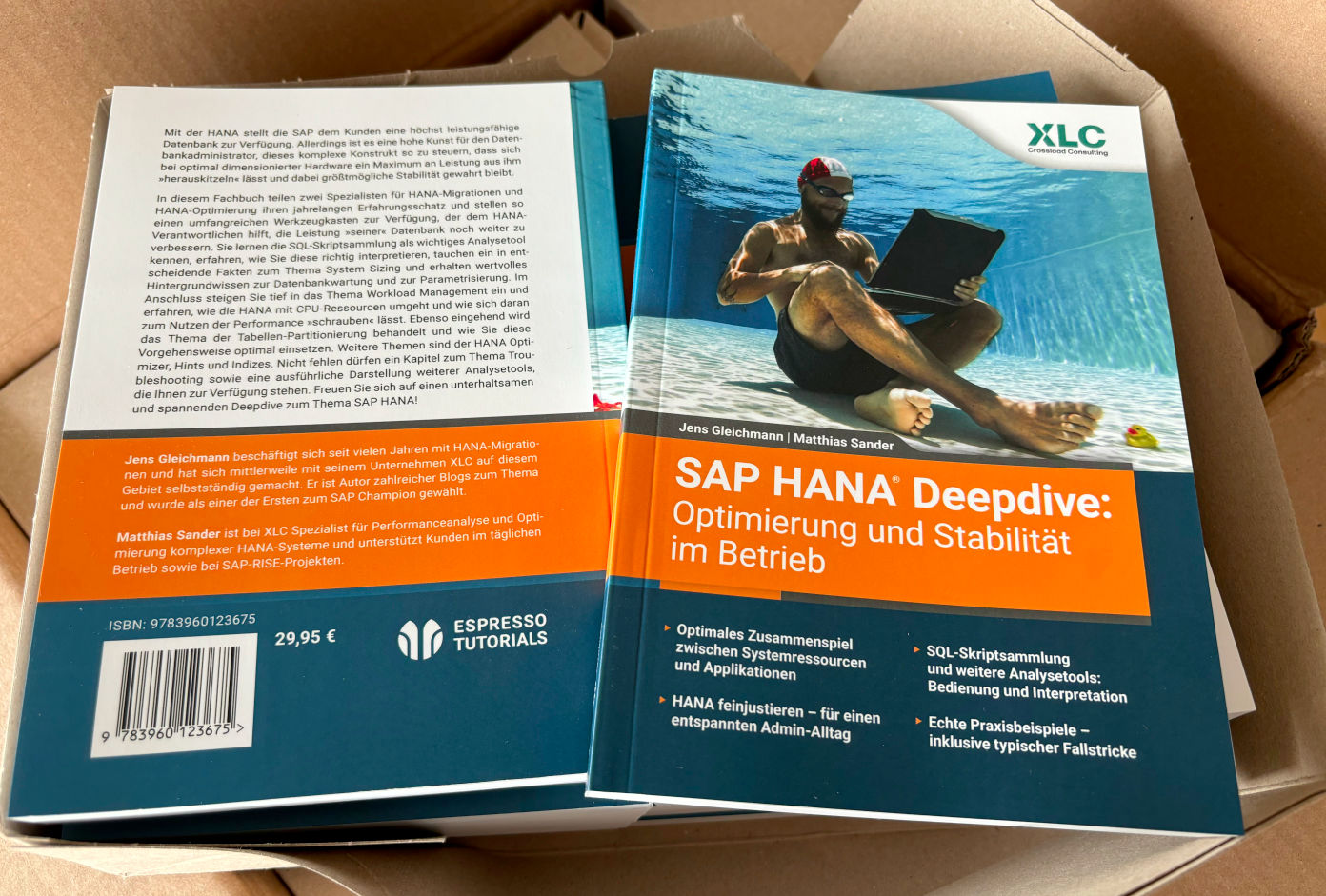HANA News Blog
HANA Workload Management deep dive part I
Insides for SAP HANA Workload Management

We all know that HANA needs a lot of system resources due its in-memory design. When we are not monitoring the prod. systems well the system can get overloaded by too highly parallelized applications, a memory leak or a SQL which was not restrictive enough ending up in a OOM (out of memory) dump. This behavior is nothing special and can + will happen to any system. This is not only the case for user workload. Also system workload like the merge, partitioning process and consistency check can be controlled.
>>There are several automatisms that are triggered by threshold events. Other actions are managed by dynamic workload management or parameters.
How can you manage it?
>> To handle the workload of system correctly you have to understand how HANA manages its resources, how you can identify bottlenecks and how to configure the right parameters. <<
https://blogs.sap.com/2022/09/08/hana-workload-management-deep-dive-part-i/
SAP HANA News by XLC













